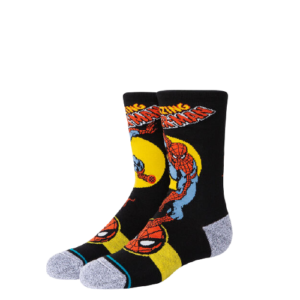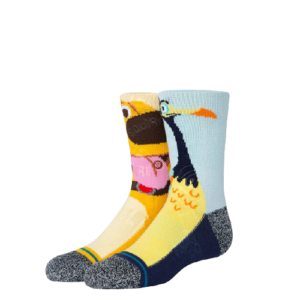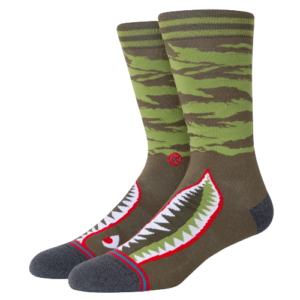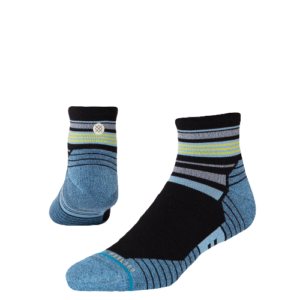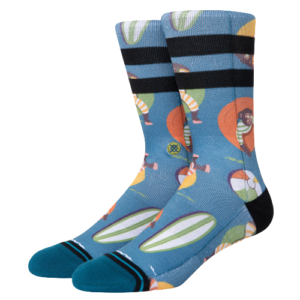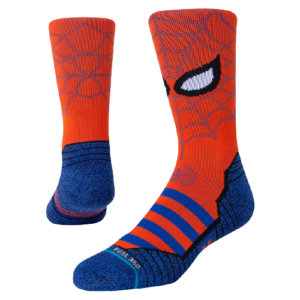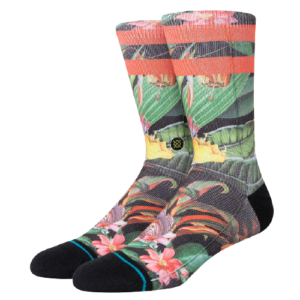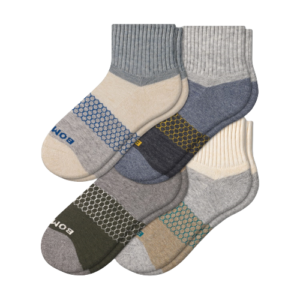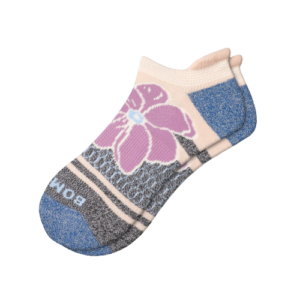Bamboo socks have been gaining a lot of attention in the global apparel industry, especially among customers who value comfort, breathability, and sustainability. Many buyers ask me why bamboo socks feel softer than cotton socks, even though cotton has long been considered the standard for softness. The answer lies in the fiber’s microscopic structure, its chemical composition, and the manufacturing process. As a manufacturer working closely with fabric labs and sock buyers from the US, Europe, and Russia, I’ve seen firsthand how bamboo’s natural characteristics create a different tactile experience compared to traditional cotton.
Bamboo fibers have a naturally round, smooth surface that reduces friction against the skin. Cotton fibers, on the other hand, have a more irregular, ribbon-like shape with natural twists (called convolutions) that can feel slightly rougher over time. This difference in structure affects not just how socks feel on day one, but also how they retain softness after multiple washes. In this article, I will break down the science behind bamboo's softness, the production methods that enhance it, and why buyers looking for premium comfort increasingly choose bamboo socks.
Bamboo’s advantages extend beyond feel—it is naturally antibacterial, moisture-wicking, and eco-friendly. For large-scale buyers, that means they can promote both comfort and sustainability in their product lines. Let’s explore the science, the processing, and the market impact in detail.
Microscopic Structure of Bamboo vs. Cotton Fibers
Bamboo and cotton fibers may look similar to the naked eye, but their microscopic structure is fundamentally different. Bamboo fibers are naturally smooth and cylindrical, which means they glide over the skin without creating micro-abrasions. Cotton fibers have twists and uneven surfaces that can catch slightly on skin texture.
This difference is important for sock comfort. In our Keqiao textile lab testing, bamboo fibers consistently showed lower surface roughness scores compared to cotton. Less friction equals less irritation, especially for sensitive skin or people prone to blisters.
Bamboo also has a hollow core structure. This gives it superior moisture-wicking properties compared to cotton, keeping feet dry and reducing the “sticky” feeling that can occur with natural fibers in humid climates. This feature also adds to the plush feeling underfoot, as hollow fibers compress and rebound smoothly.
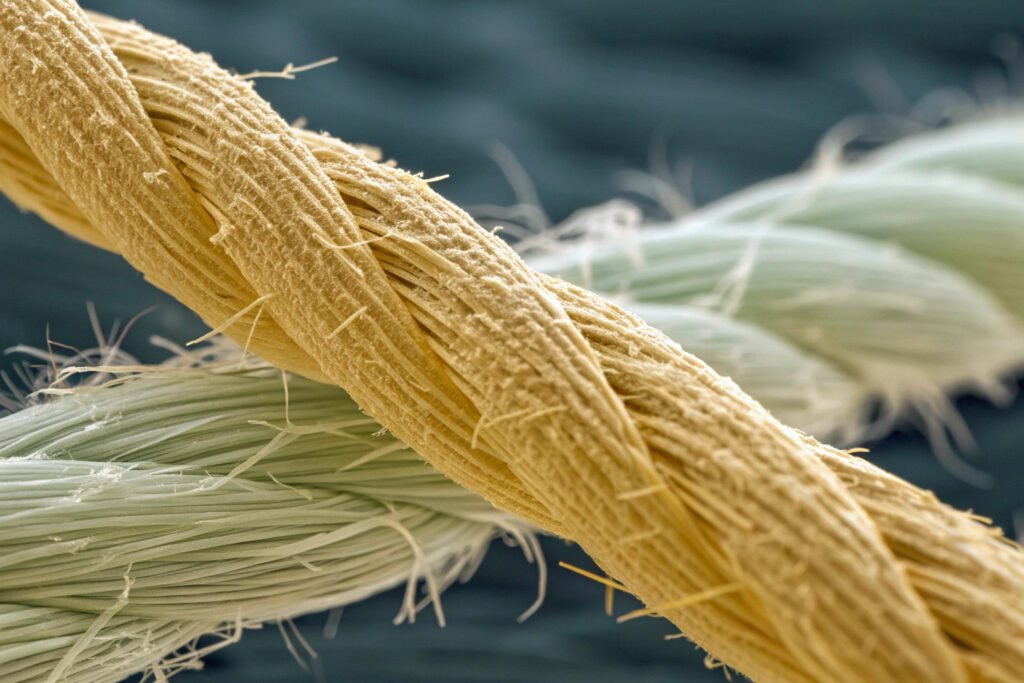
How does bamboo’s fiber shape impact softness?
The cylindrical shape allows yarns to twist with less tension during spinning, which means the finished fabric stays more flexible. Cotton’s natural twists require more tension in spinning, creating a slightly firmer feel.
Does fiber diameter affect softness?
Yes. Bamboo fibers often have a finer diameter than standard cotton, similar to higher-grade Egyptian cotton or modal fibers. Finer fibers feel softer because they create more contact points with skin without large gaps.
Chemical Composition and Natural Oils
Beyond structure, bamboo’s chemical composition plays a major role in its softness. Bamboo fibers are composed of a high percentage of cellulose, like cotton, but they also retain small amounts of natural plant oils and waxes after processing. These oils make the surface feel silkier to the touch.
Cotton also contains natural waxes, but these are mostly removed during bleaching and scouring. In bamboo’s case, the processing methods—especially for high-end viscose bamboo fabrics—are designed to preserve some of these smooth-feel components.
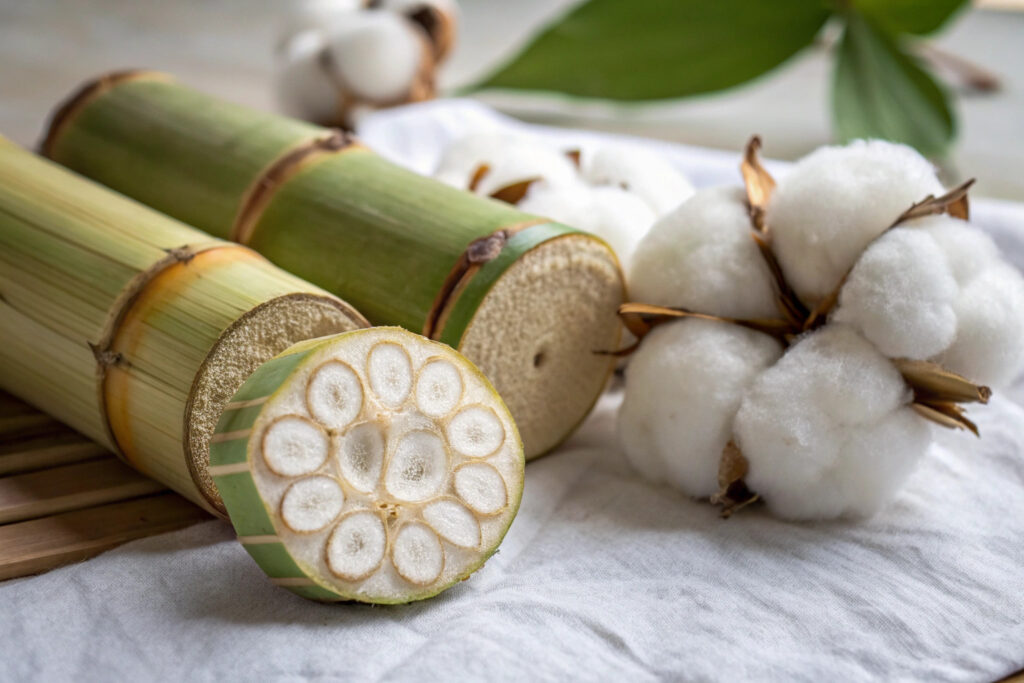
Are natural oils durable after multiple washes?
When processed correctly, the residual oils in bamboo yarn can survive many wash cycles. This is one reason why bamboo socks tend to maintain softness longer than cotton socks of similar thickness.
Does chemical treatment affect softness?
Yes. Harsh chemical treatments during cotton production can strip away surface softness, while eco-friendly bamboo processing retains more of its natural smoothness. This is why sourcing from certified OEKO-TEX suppliers matters.
Spinning and Knitting Techniques
Even the softest fiber can lose its advantage if processed poorly. In our factory, we use lower-tension spinning for bamboo yarn to preserve its natural drape. Cotton, being stronger in raw form, can withstand tighter spinning, but this also makes the final product firmer.
Knitting patterns also influence feel. Bamboo yarns knit well into finer gauges without losing strength, allowing for denser yet softer sock fabrics. Cotton yarns can achieve similar softness, but often require blending with other fibers like modal or spandex.
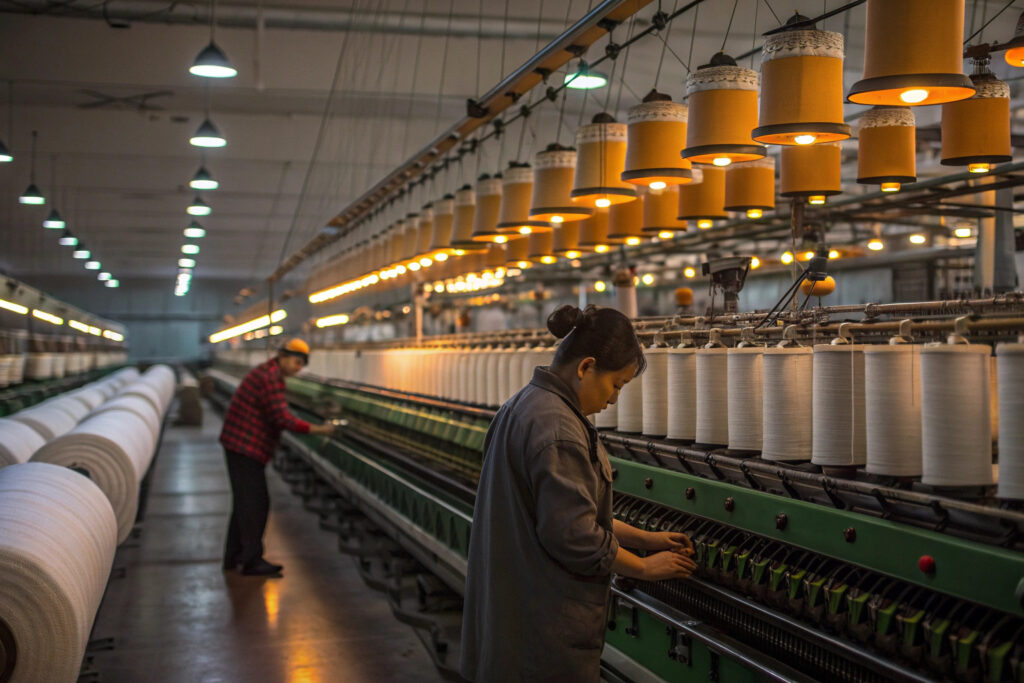
Does blending bamboo with other fibers change softness?
Yes. A small percentage of spandex in bamboo socks can improve fit without reducing softness, while cotton blends often rely on polyester to improve durability—which can reduce the soft feel.
Why is low-tension knitting better for bamboo?
It minimizes fiber damage during production. Damaged fibers have frayed ends that can feel rough against the skin.
Market Impact and Buyer Preferences
In the US and European markets, comfort is a major selling point. Buyers like Ron, who source for large retail chains, have noticed that customers perceive bamboo socks as a premium upgrade over cotton. This allows retailers to position bamboo products in higher price tiers without alienating eco-conscious shoppers.
Bamboo’s eco-friendly image also strengthens its market appeal. With global demand for sustainable textiles growing, bamboo offers both comfort and environmental responsibility. This dual advantage has helped our bamboo sock exports grow steadily year-over-year.
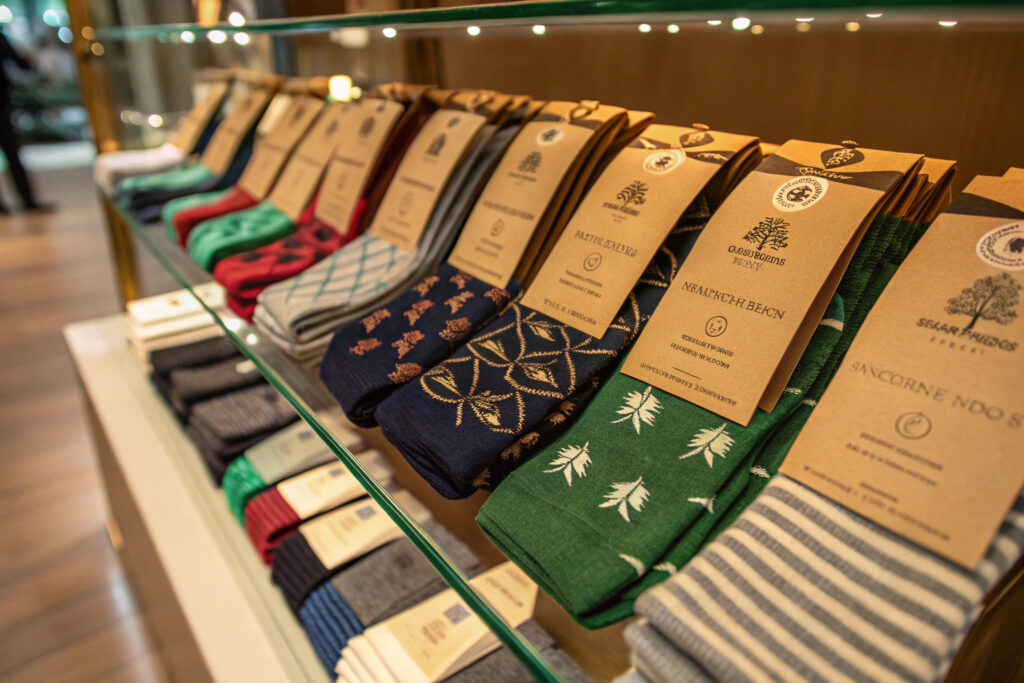
Are bamboo socks worth the higher cost for buyers?
For premium and mid-range brands, yes. The perceived value, combined with real performance benefits, often translates into higher repeat purchase rates.
How do logistics and tariffs affect bamboo sock imports?
Bamboo socks often qualify for similar duty rates as cotton socks, but sourcing from efficient suppliers with strong logistics solutions helps keep landed costs competitive.
Conclusion
Bamboo socks feel softer than cotton socks because of their smooth, cylindrical fiber shape, finer diameter, retained natural oils, and gentle processing methods. Combined with thoughtful spinning, knitting, and finishing, these qualities create a lasting softness that survives many washes. For buyers, the combination of comfort, performance, and sustainability makes bamboo socks an attractive choice for premium product lines.
If you are ready to explore custom bamboo sock production with competitive pricing, consistent quality, and seamless delivery, contact our Business Director Elaine at elaine@fumaoclothing.com. We can help you design and manufacture bamboo socks that stand out in your market.









